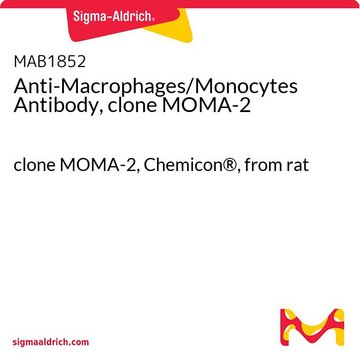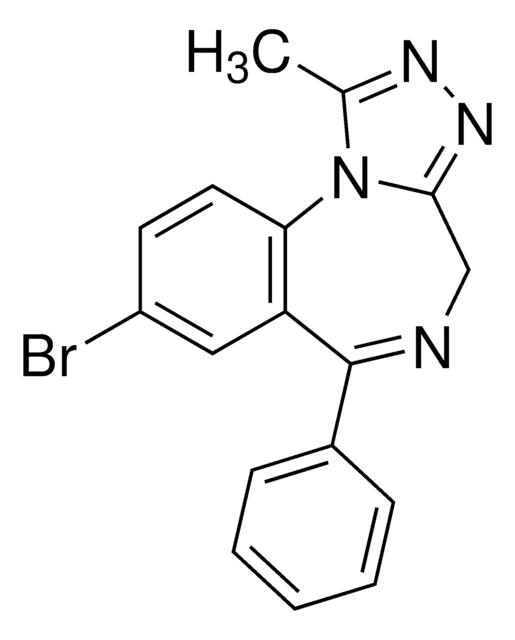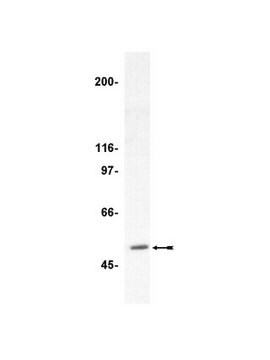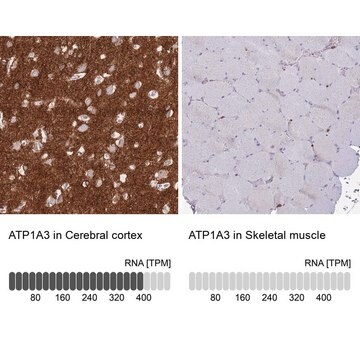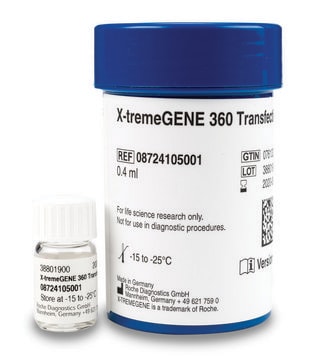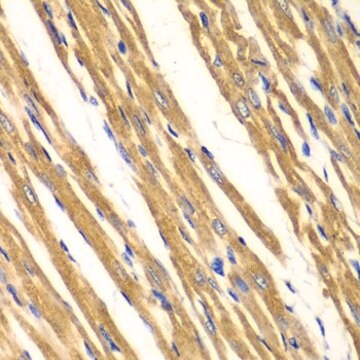05-840
Anti-IDO (Indoleamine 2,3-Dioxygenase) Antibody, clone 10.1
clone 10.1, Upstate®, from mouse
Synonym(s):
Indoleamine 2,3-dioxygenase, Indoleamine-pyrrole 2,3-dioxygenase, indole 2,3-dioxygenase, indoleamine-pyrrole 2,3 dioxygenase, IDO1
About This Item
IHC
WB
immunohistochemistry: suitable (paraffin)
western blot: suitable
Recommended Products
biological source
mouse
Quality Level
antibody form
purified immunoglobulin
antibody product type
primary antibodies
clone
10.1, monoclonal
species reactivity
human, mouse
manufacturer/tradename
Upstate®
technique(s)
immunocytochemistry: suitable
immunohistochemistry: suitable (paraffin)
western blot: suitable
isotype
IgG
NCBI accession no.
UniProt accession no.
shipped in
wet ice
Gene Information
human ... IDO1(3620)
mouse ... Ido1(15930)
General description
Specificity
Immunogen
Application
Immunohistochemistry: A previous lot of this antibody was used to detect IDO in human retina, primary eye tumor and metastatic liver tumor tissue sections (Chen, P.W., et al. Experimental Eye Research 85(2007) 617-625).
Quality
Western Blot Analysis:
1:500 dilution of this lot detected IDO on 10 ug of untreated and IFN gamma treated Hela lysates.
Target description
Linkage
Physical form
Analysis Note
Human IFN-gamma stimulated HeLa cell lysates, IFN gamma stimulated human peripheral blood lymphocytes.
Other Notes
Legal Information
Not finding the right product?
Try our Product Selector Tool.
Storage Class Code
10 - Combustible liquids
WGK
WGK 1
Certificates of Analysis (COA)
Search for Certificates of Analysis (COA) by entering the products Lot/Batch Number. Lot and Batch Numbers can be found on a product’s label following the words ‘Lot’ or ‘Batch’.
Already Own This Product?
Find documentation for the products that you have recently purchased in the Document Library.
Our team of scientists has experience in all areas of research including Life Science, Material Science, Chemical Synthesis, Chromatography, Analytical and many others.
Contact Technical Service
